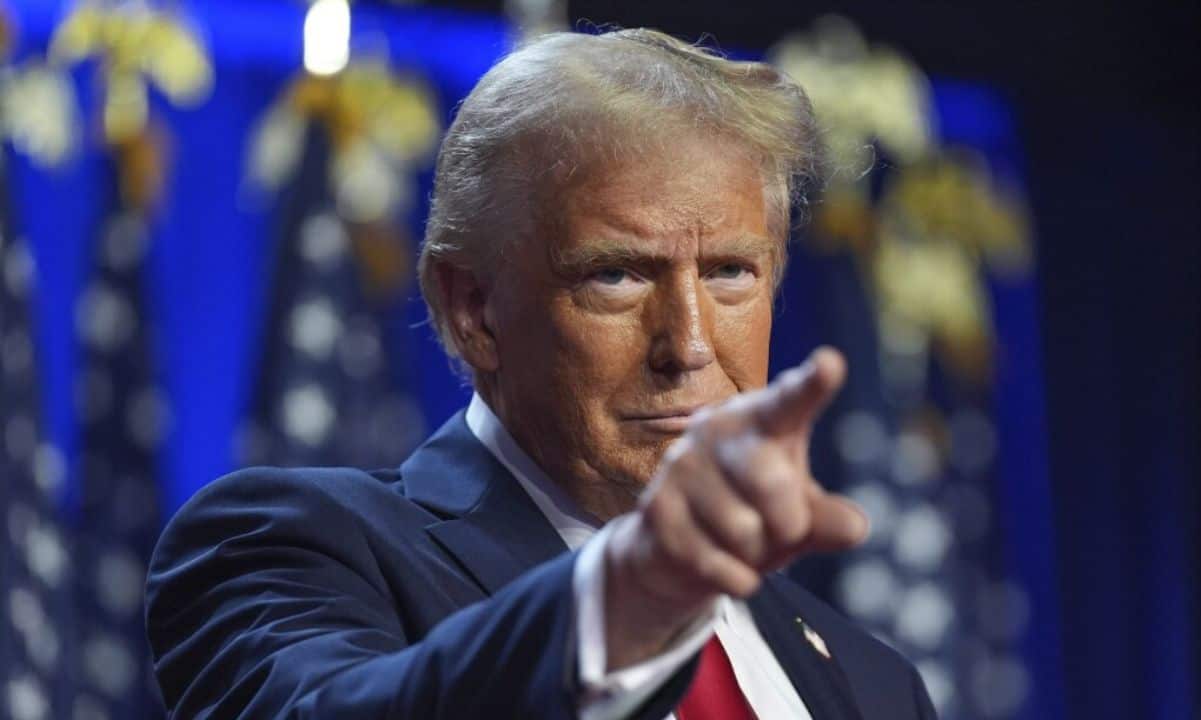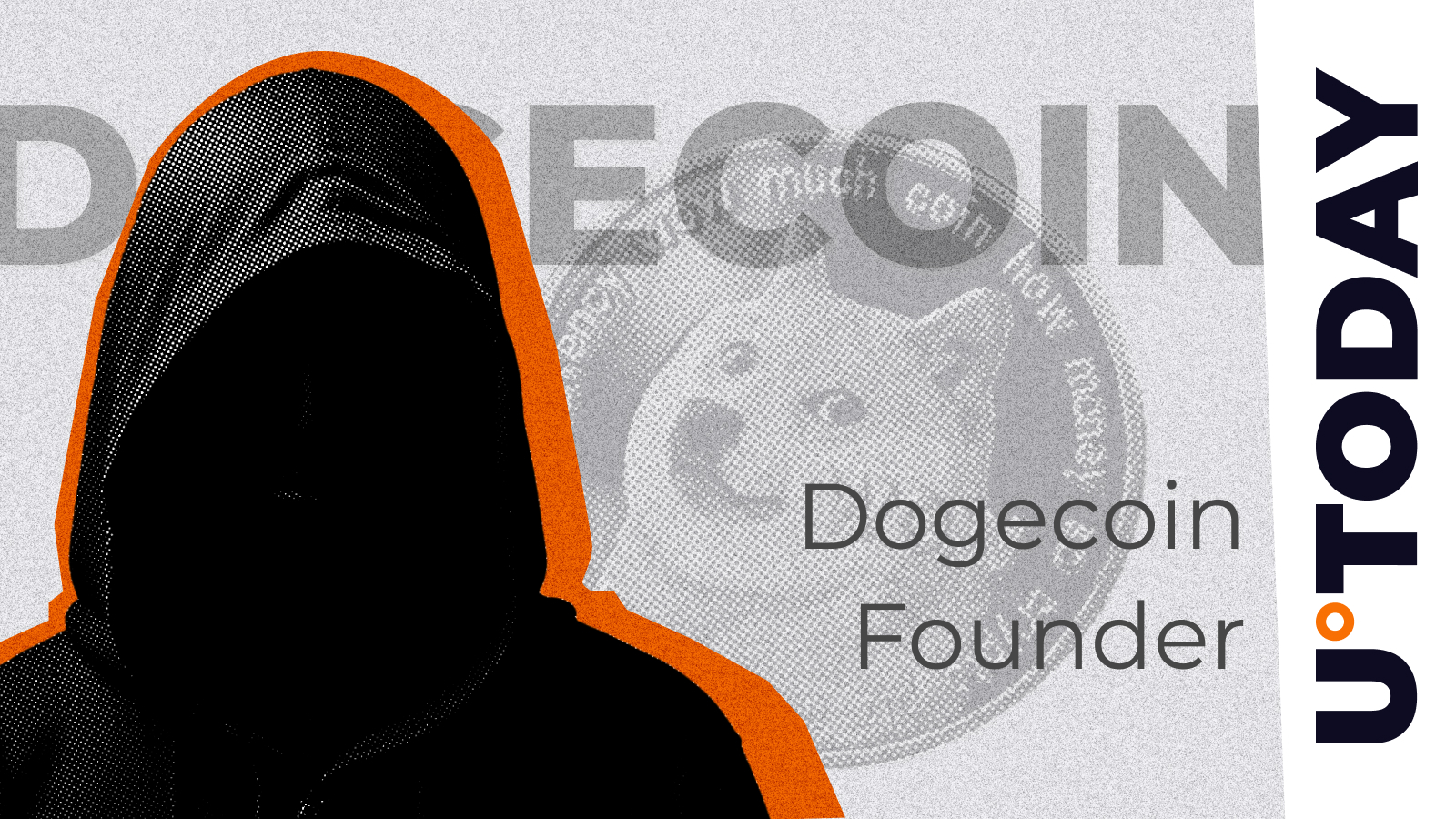ARTICLE AD BOX
 Hoskinson addresses ‘negative sentiment’ around Cardano, cites governance shift Assad Jafri · 1 min ago · 2 min read
Hoskinson addresses ‘negative sentiment’ around Cardano, cites governance shift Assad Jafri · 1 min ago · 2 min read
Hoskinson acknowledged the negative sentiment but framed it as a natural outcome of Cardano's transition to the Voltaire era.

Cover art/illustration via CryptoSlate. Image includes combined content which may include AI-generated content.
Input Output CEO Charles Hoskinson addressed the recent negative sentiment about Cardano’s future, attributing the criticism to the impact of its new governance framework, Voltaire.
In a series of statements on social media, Hoskinson explained that the heightened negativity is a side effect of its new governance structure, which has finally allowed users to raise their concerns in a decentralized and public manner.
Hoskinson wrote on Oct. 10:
“You all may have noticed that the Twitter sentiment around Cardano has been more negative lately. This change isn’t a reflection of our project somehow failing, but rather the desired result of Voltaire.”
The community has recently raised concerns about the network failing to live up to expectations, partially due to the lackluster performance of its native token ADA and partly due to development delays.
‘Pent-up grievances’
Hoskinson acknowledged the negative sentiment but framed it as a natural outcome of Cardano’s transition to the Voltaire era, which is designed to empower the community and address longstanding concerns within the ecosystem.
Voltaire is the final phase of Cardano’s development roadmap. It is designed to introduce decentralized governance and make the blockchain self-sustaining. It also enables the Cardano community to propose, vote on, and fund projects using an on-chain treasury system.
This phase allows ADA holders to control the future development of the network, marking the transition from a company-led model to a fully decentralized ecosystem, where decisions are made openly by its global community.
Hoskinson explained that issues such as “pent-up grievances” and “unfunded growth strategies” are now surfacing because the new governance model allows these concerns to be properly addressed.
He added:
“There have been years of pent-up grievances, unexplored road map items, unfunded growth strategies, and needed partnerships that haven’t been addressed due to Cardano’s governance not scaling to meet the needs of the ecosystem.”
He further stated that the introduction of Voltaire would allow the Cardano ecosystem to “dramatically” grow by addressing these issues openly and collectively.
Hoskinson emphasized that this decentralized governance structure would help the ecosystem tackle key issues such as custody and liquidity for Cardano Native Assets (CNAs) and stablecoin support.
Transparency
Hoskinson highlighted the importance of transparency in governance and added that public criticism is evidence that the network does not try to ignore concerns. He contrasted Cardano’s governance model with other cryptocurrencies, accusing competitors of relying on “backroom deals and dirty tricks.”
According to Hoskinson, Cardano remains committed to its principle of operating transparently, with governance conducted openly on-chain by an active community across more than 100 countries.
“The difference between Cardano and the rest of the cryptocurrency space is that we all do this together and out in the open. Short-term thinking, market manipulation, and companies seeking a handout have no role or place here.”
Despite the rising criticism on social media, Hoskinson stressed that Cardano is not “dying” but thriving and growing under its decentralized governance.
The transition to the Voltaire era marks a pivotal moment for Cardano, as it aims to empower its community with greater control over the project’s future direction and long-term growth strategies.










 English (US) ·
English (US) ·